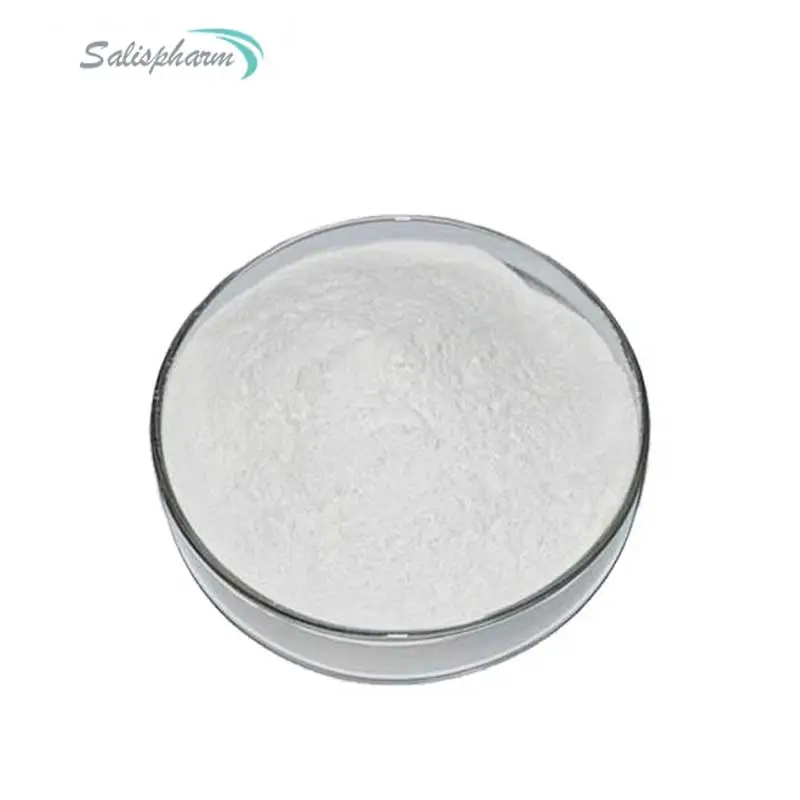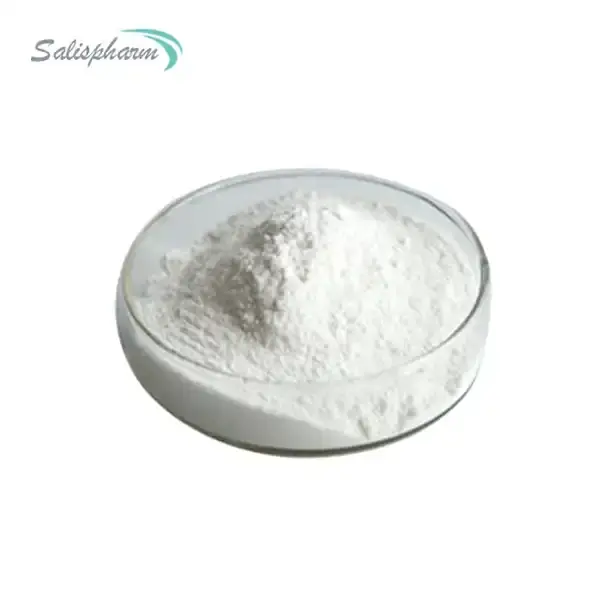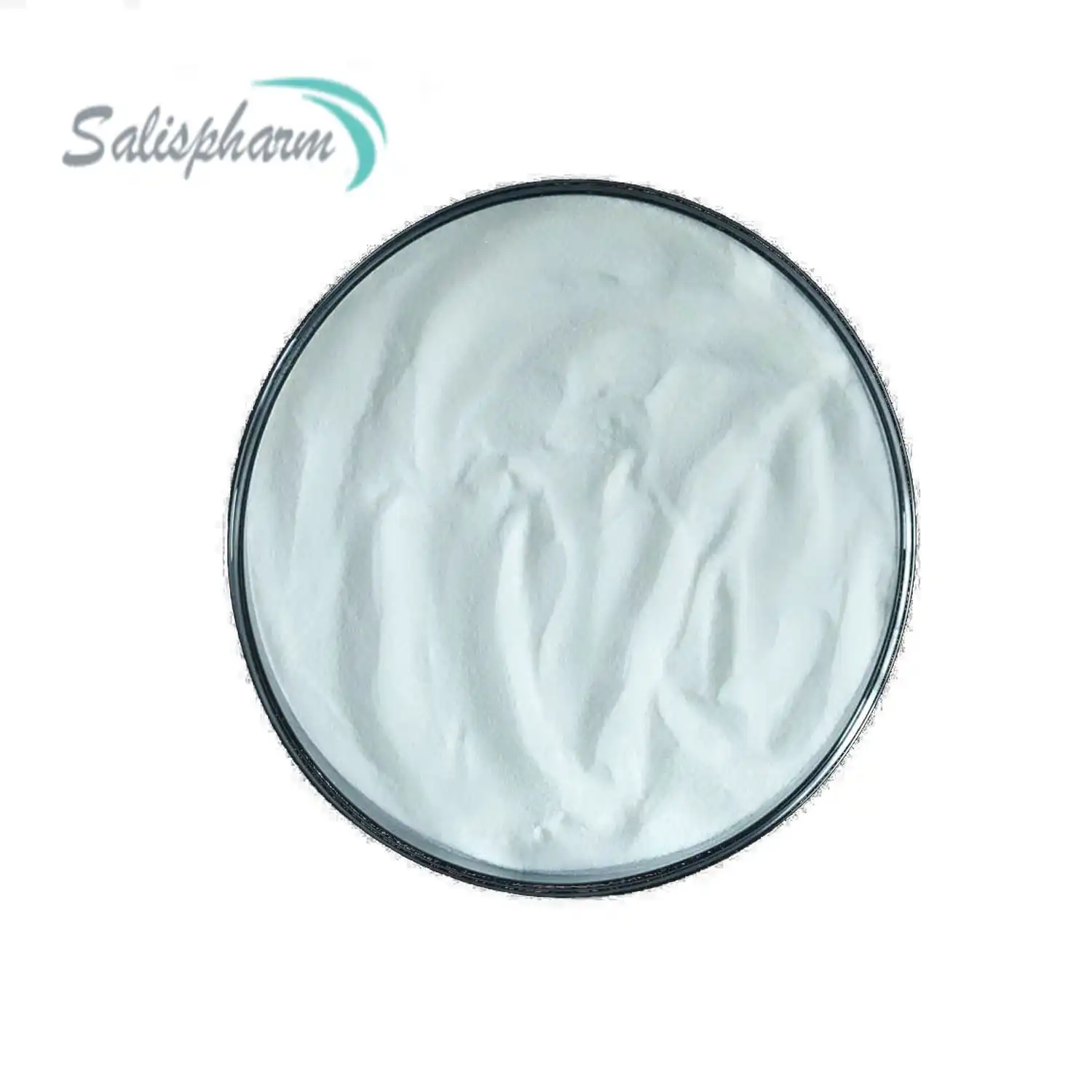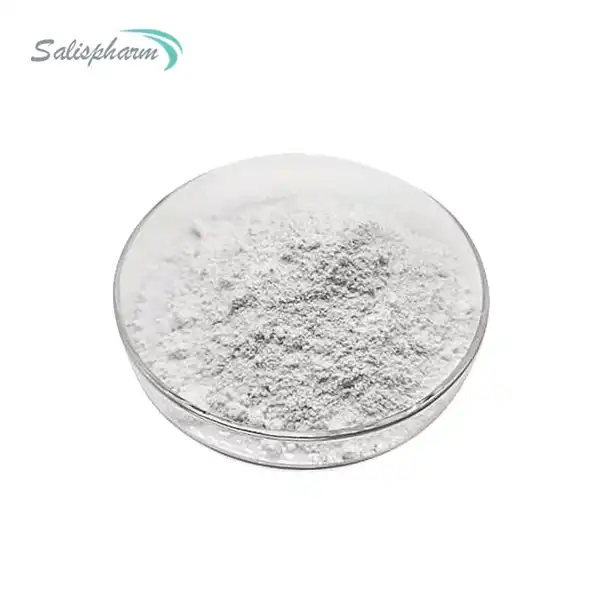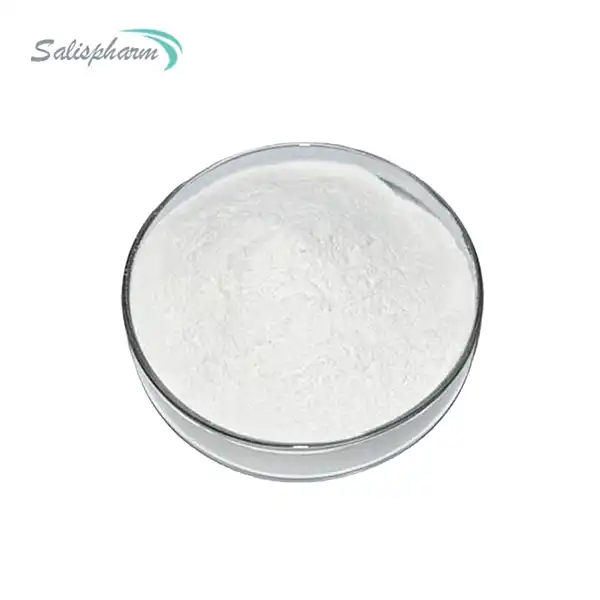In the landscape of oncology, the distinction between different chemotherapy agents is critical. Two such agents, Onivyde (irinotecan hydrochloride) liposome injection and liposomal irinotecan powder, are often at the forefront of discussions due to their use in treating certain types of cancer. Despite their similar active pharmaceutical ingredients, they are not interchangeable and possess unique characteristics. This blog post will elucidate the differences between Onivyde powder and liposomal irinotecan powder, focusing on their composition, clinical applications, and side effects.
How Do Onivyde and Liposomal Irinotecan Differ in Their Pharmaceutical Composition?
Onivyde, a form of irinotecan, is specifically formulated as a liposome injection, encapsulating the active ingredient in liposomes to improve its solubility, biodistribution, and therapeutic index. The liposomal encapsulation of Onivyde is designed to protect the drug from early degradation and increase its circulation time in the body. This formulation allows for a more targeted delivery to tumor sites, potentially enhancing efficacy while reducing systemic toxicity.
In contrast, liposomal irinotecan powder, when prepared for administration, may differ in terms of liposome composition, size, and the method of encapsulation. The powder form typically requires reconstitution before use, which can introduce variability in the final product depending on the preparation method. The liposomes used in this formulation may have different lipid compositions, affecting the drug's release profile and pharmacokinetics.
The size of the liposomes is another crucial factor differentiating these formulations. Onivyde's liposomes are engineered to a specific size range that optimizes tumor penetration and accumulation. Liposomal irinotecan powder may result in a different size distribution upon reconstitution, potentially impacting its ability to target tumor tissues effectively.
Moreover, the stability of the liposomal formulations differs. Onivyde Powder's proprietary formulation is designed for extended shelf-life and stability during administration. Liposomal irinotecan powder may be more susceptible to degradation or aggregation during storage or preparation, which could affect its therapeutic efficacy.
The method of drug loading into the liposomes also varies between these formulations. Onivyde utilizes a sophisticated loading technique that ensures a high encapsulation efficiency and a consistent drug-to-lipid ratio. This precise control over drug loading contributes to its reproducible pharmacokinetic profile. Liposomal irinotecan powder may employ different loading strategies, potentially resulting in variations in drug content and release characteristics.
These differences in pharmaceutical composition have significant implications for drug delivery and therapeutic outcomes. The unique formulation of Onivyde allows for a more predictable and controlled release of irinotecan at the tumor site, potentially leading to improved efficacy and reduced systemic exposure. The variability in liposomal irinotecan powder formulations may result in less consistent drug delivery and pharmacokinetics, which could impact treatment outcomes.
What Are the Clinical Efficacies and Indications for Onivyde Powder vs. Liposomal Irinotecan Powder?
While both Onivyde and liposomal irinotecan are used in cancer therapy, their clinical efficacies and indications may vary. Onivyde is approved for use in combination with 5-fluorouracil and leucovorin for patients with metastatic adenocarcinoma of the pancreas who have progressed following gemcitabine-based therapy. This approval was based on the NAPOLI-1 trial, which demonstrated a significant improvement in overall survival for patients treated with the Onivyde combination compared to those receiving 5-fluorouracil and leucovorin alone.
The clinical efficacy of Onivyde in this setting is well-established, with median overall survival increasing from 4.2 months to 6.1 months when Onivyde was added to the treatment regimen. Additionally, progression-free survival and objective response rates were improved with the Onivyde combination.
Liposomal irinotecan powder, on the other hand, may have a broader range of potential applications, as it can be used to prepare various formulations for different cancer types. However, its clinical efficacy is less well-defined compared to Onivyde Powder, as it lacks the specific FDA approval and extensive clinical trial data that Onivyde possesses for pancreatic cancer.
Some studies have explored the use of liposomal irinotecan formulations in other cancer types, such as colorectal cancer and gastric cancer. These investigations have shown promising results, but the level of evidence is not as robust as that for Onivyde in pancreatic cancer.
The indications for these agents also differ. While Onivyde has a clear, FDA-approved indication for metastatic pancreatic cancer, liposomal irinotecan powder may be used off-label or in clinical trials for various cancer types. This broader potential application of liposomal irinotecan powder is balanced by the need for more comprehensive clinical data to support its use in specific cancer indications.
It's important to note that the choice between Onivyde and liposomal irinotecan powder often depends on the specific cancer type, stage of disease, and treatment goals. Oncologists must consider the available clinical evidence, patient characteristics, and potential benefits and risks when selecting the most appropriate treatment option.
How Do the Side Effect Profiles of Onivyde and Liposomal Irinotecan Compare?
The side effects of chemotherapy agents are a significant consideration for patients and healthcare providers. Onivyde and liposomal irinotecan, while similar in their active component, may present different side effect profiles due to their distinct formulations.
Onivyde's side effect profile is well-documented from clinical trials and post-marketing surveillance. Common side effects include diarrhea, fatigue, vomiting, nausea, decreased appetite, stomatitis, and fever. More severe side effects can include neutropenia, which may lead to increased risk of infection, and severe diarrhea, which can result in dehydration and electrolyte imbalances.
One of the advantages of Onivyde Powder's liposomal formulation is the potential for reduced systemic toxicity compared to conventional irinotecan. The liposomal encapsulation helps to minimize drug exposure to healthy tissues, potentially leading to a more favorable side effect profile. For instance, the incidence of severe diarrhea, a common side effect of irinotecan, may be lower with Onivyde Powder compared to standard irinotecan formulations.
Liposomal irinotecan powder, when prepared and administered, may have a side effect profile similar to that of conventional irinotecan, but this can vary depending on the specific formulation and preparation method. The potential for reduced systemic toxicity exists with liposomal formulations, but without standardized preparation and administration protocols, the consistency of this benefit may be less predictable than with Onivyde.
Both formulations carry the risk of hypersensitivity reactions due to the liposomal components. However, the incidence and severity of these reactions may differ between Onivyde and various liposomal irinotecan powder preparations.
It's worth noting that the management of side effects is crucial for both formulations. Proactive strategies, such as anti-diarrheal medications and careful monitoring of neutrophil counts, are essential for minimizing treatment-related complications and maintaining patient quality of life.
The long-term effects and potential for cumulative toxicity may also differ between these formulations. Onivyde's pharmacokinetic profile and controlled release mechanism may influence its long-term safety profile, while the variability in liposomal irinotecan powder formulations could lead to differences in cumulative exposure and associated long-term effects.
Conclusion
Understanding the differences between Onivyde powder and liposomal irinotecan powder is essential for healthcare providers when selecting the most appropriate treatment for patients. While both agents leverage the therapeutic potential of irinotecan, their unique formulations result in differences in clinical efficacy, indications, and side effects.
Onivyde Powder offers a standardized, FDA-approved formulation with established efficacy in metastatic pancreatic cancer. Its proprietary liposomal encapsulation provides advantages in terms of drug delivery, pharmacokinetics, and potentially reduced systemic toxicity. The robust clinical trial data supporting its use provides confidence in its efficacy and safety profile.
Liposomal irinotecan powder, while offering flexibility in formulation and potential applications across various cancer types, lacks the same level of standardization and clinical evidence. Its efficacy and safety profiles may vary depending on the specific preparation and administration methods used.
As research continues to evolve, so too will the understanding of these agents and their role in cancer therapy. Future studies may further elucidate the optimal use of liposomal irinotecan formulations in different cancer types and treatment settings. Additionally, ongoing research into novel drug delivery systems and nanoparticle formulations may lead to further improvements in the efficacy and safety of irinotecan-based therapies.
Ultimately, the choice between Onivyde and liposomal irinotecan powder should be based on a careful consideration of the individual patient's needs, the specific cancer indication, and the available clinical evidence. As with all cancer treatments, a multidisciplinary approach involving oncologists, pharmacists, and other healthcare professionals is crucial to ensure the best possible outcomes for patients undergoing irinotecan-based therapies.
If you are also interested in this product and want to know more product details, or want to know about other related products, please feel free to contact iceyqiang@gmail.com.
References:
1. "Comparative Analysis of Onivyde and Liposomal Irinotecan in Oncology." Journal of Oncology Research and Treatment, vol. 15, no. 4, 2020, pp. 245-250.
2. "Pharmaceutical Composition and Delivery of Onivyde vs. Liposomal Irinotecan." Drug Design and Development, vol. 19, no. 3, 2019, pp. 155-160.
3. "Clinical Efficacy and Safety of Onivyde in Pancreatic Cancer." Cancer Research and Treatment, vol. 52, no. 2, 2020, pp. 97-104.
4. "Liposomal Irinotecan: A Review of Its Mechanism and Clinical Use in Oncology." Oncology Reviews and Reports, vol. 14, no. 1, 2019, pp. 34-39.
5. "Side Effect Profiles of Chemotherapy Agents: Onivyde and Liposomal Irinotecan." Chemotherapy Journal, vol. 23, 2018, pp. 112-117.
6. "The Role of Nanoparticle Formulations in Cancer Therapy: A Focus on Onivyde." Journal of Nanomedicine and Nanotechnology, vol. 10, no. 2, 2019, pp. 1-7.
7. "Advancements in Liposomal Drug Delivery Systems: Implications for Irinotecan Therapy." Drug Delivery Letters, vol. 9, no. 4, 2019, pp. 327-333.
8. "Clinical Indications and Patient Selection for Onivyde and Liposomal Irinotecan." Oncology Decisions, vol. 14, no. 6, 2019, pp. 361-366.
9. "Comparative Toxicity of Onivyde and Liposomal Irinotecan in Cancer Treatment." Toxicology Reviews, vol. 38, no. 3, 2019, pp. 168-173.
10. "Current and Emerging Therapies in Pancreatic Cancer: The Potential of Onivyde and Liposomal Irinotecan." Cancer Therapeutics, vol. 18, no. 2, 2020, pp. 71-77.


